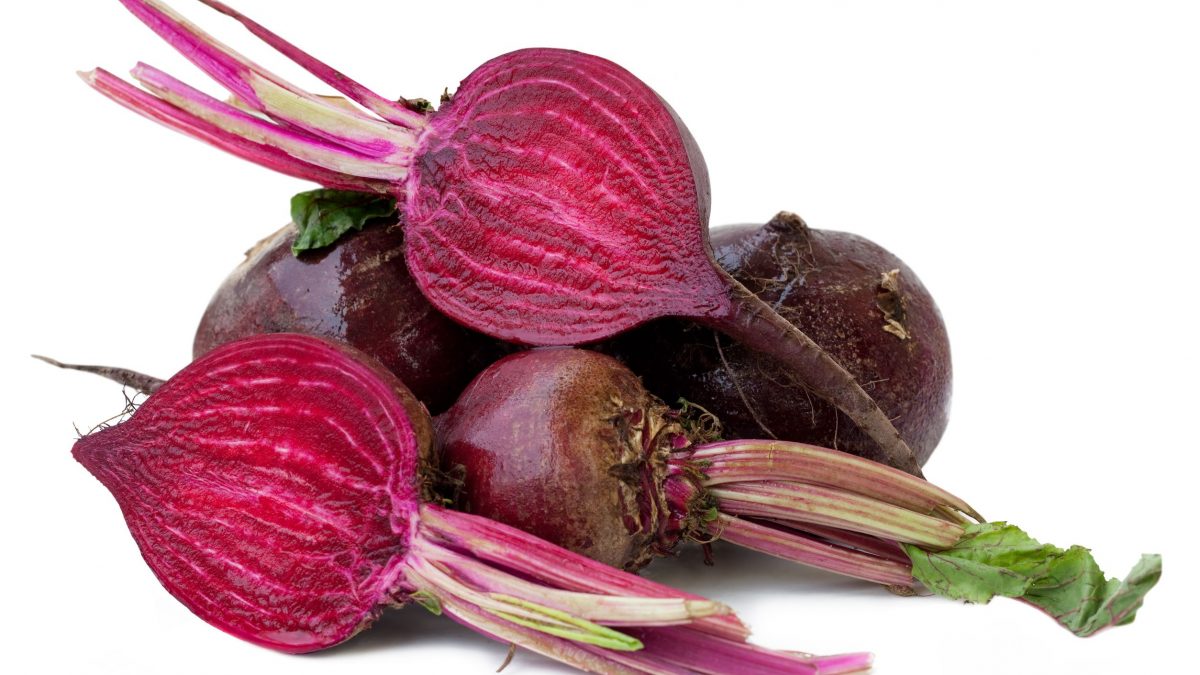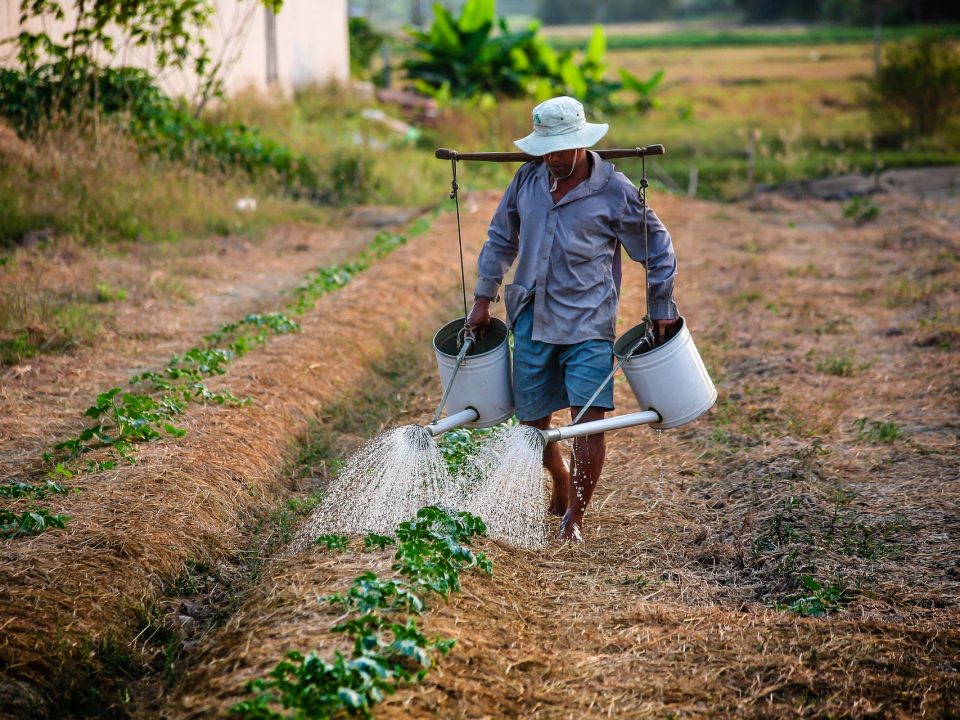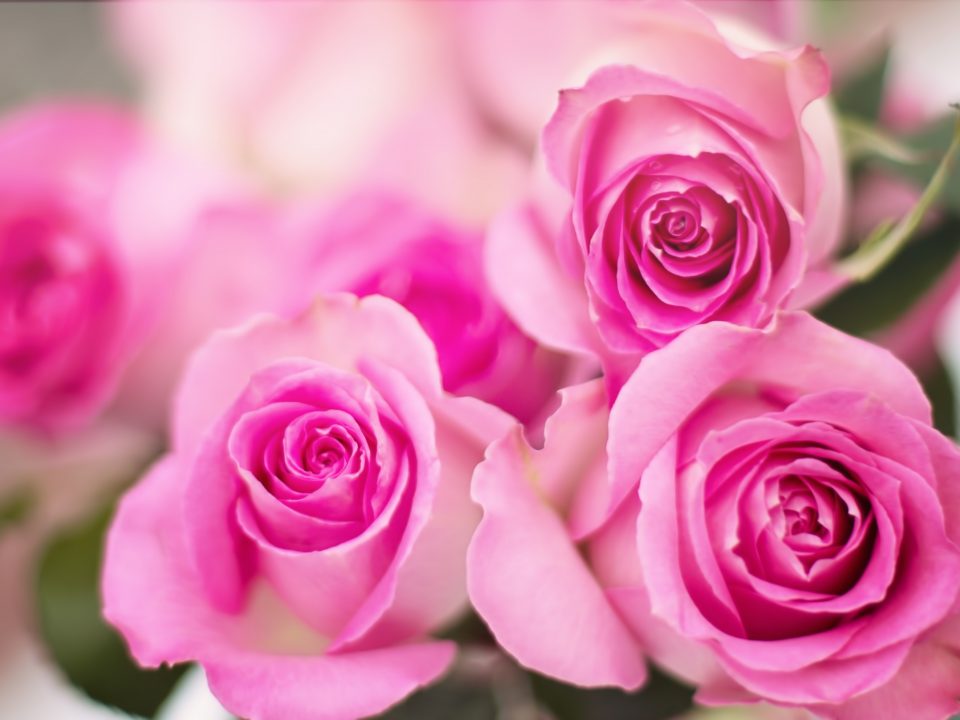color from wild plants

Rowing and planting vegetables – the complete guide
May 15, 2018
Which tea suits your pain or just relax
May 15, 2018color from wild plants
Preparation of color from wild plants
You can also produce colors from plants. In your home garden, place special paint plants. If you do not have a garden – do not worry, even cultured plants and wild plants can produce wonderful colors in the painting pot.
Many plants have wonderful secrets. We know of course many food plants, plants used to make drinks, to season, to heal, trees for construction and heating, fiber plants for the preparation of ropes and clothing. In the past, colors also derived from plants.
For thousands of years nature has provided the painting materials – carpets, wear, paintings. In general, colors derived from inorganic minerals were used to paint on non-organic materials, and plants or animals (such as marine snails and capillaries that were the source of techeiles, scarlet, and other colors) were used to paint organic materials. And the “colors” in their Hebrew name attests to this (colors of the colors, the colors of the colors, the color scheme, etc.). The Mishnah also mentions these plants, and Jewish law deals with the question of whether they are permitted to be used in the year Shemitah, because there were regular agricultural crops.
Painting plants required knowledge and expertise. A dyed garment was more expensive than an unpainted garment, and the skilled craftsman kept the secrets of his work to himself. True, many wild plants can give us greenish and beige tints, but to paint red, blue, green and purple is not a simple matter.
The discovery of synthetic colors 150 years ago enabled the production of vivid colors in a short time and with little effort, and soon the natural painting, with its vast knowledge, was abandoned.
Nineteen years ago I began experimenting with natural coloring. Since then I have produced colors from dozens of different plants. I began to paint wool and silk, materials that were painted relatively easily, and then I tried cotton and linen, which looked longer and more complex. The natural color has something vivid, and the resulting shades look soft, pleasing to the eye, and not absolute. They always fit in harmoniously. I usually preferred local plants that I could pick up or raise myself
Painting plants connects us to nature, land, and seasons. Garden owners can allocate a place for special painting plants in their garden. But even “ordinary” plants and wild plants that are considered “weeds” can produce wonderful colors in the painting pot. (Soup, geraniums, storks, sticky teapots – all of which give beautiful yellow-green)
The process of painting plants is much longer and more complicated than painting with synthetic powders, but the satisfaction is greater, the results are more interesting, and the toxicity is almost always lower for us to the soil and the water.
(Chemical coloring creates clear environmental pollution, and natural coloring is not necessarily “non-polluting,” but we have the choice and the responsibility – what materials to use and where to shed the residue, some of which are useful to the plants and the leaves can be diluted and fertilized.)
A lot of factors influence the color obtained – the source of the water we use, the material from which our coloring pot is made, the season the plants are harvested, and of course the soil in which they were grown.
All this makes it difficult to repeat exactly the same color, and it is hard to predict exactly what we will get. There can always be surprises, and more than once I happened to expect, following past attempts to get orange, but surprisingly I got a fever …
The painting plants are divided into three groups:
Plants for direct painting
These plants will transfer their colors to the material that is painted in simple cooking. In other words, you can put in the pot the plant and the material you want to paint, cover with water, cook, and … We have a color that is durable and stable.
Unfortunately, this is a small group of plants. For example, the pomegranate, walnut and pecans, and certain eucalyptus species.
Plants to paint with the help of a “scorpion”
The colors in these plants need auxiliary material to bind to the dyed material. This material is called “Mordant” (from Latin – bite.) It binds to the fibers of the dyed material and the color binds to it. Most of the converters are mineral salts such as aluminum, copper, iron and tin salts.
Most plants belong to this group.
Plants for coloring oxidation-oxidation
The color of these plants is not soluble in water, and should be exhausted during fermentation process, while controlling the acidity of the liquid.
The color is obtained only after exposure of the dyed material to the air, and its oxidation. This group includes Indigo and Azure. The resulting colors are especially beautiful and durable.
The process of painting in general (for wool or silk)
In the first stage, burn the dyed material by cooking it with the selected sieve.
The second stage – cooking or soaking the plant – with or without the dyed material. The decision to do so depends on the color. For example – if the particles of the plant can get tangled in the wool threads, it is better to cook the plant separately, and the wool to cook in the filtered liquid. The length of cooking depends on the plant and the desired color.
The third stage – cooling in the paint water and thorough rinsing of the dyed material, or – changing the color by “sub-color”, which can be one of the metal salts mentioned earlier or material that affects the acidity of the water.
There are many exceptions to this general description, but for the beginner – you can begin with this. The first attempts I recommend to do with pomegranate peel (peel can be dry or fresh without the fruit) or peaches of pecans or a king. (The green, soft shells).
The dyes in these plants are strong and direct. Put in a pot with water and peels (weighing at least half the weight of the dyed material). Garnish what you want to paint and add to the pot. Bring to the boil, and keep this situation for about half an hour. Watch the results, and … enjoy.
Successfully!
In the end there is always the question of whether the color is stable. Well, after washing well with water, and sometimes with soap (which may change the color if it is sensitive to acidity change), the remaining color is likely to be resistant to gentle hand wash.
Stability in sunlight is more problematic, and not all colors have the same durability. There are, indeed, those who fade after a short time, and most of the colors will fade in time in strong sunlight. This is also true of synthetic colors. Every winter I wear a sweater I knitted 15 years ago from wool I painted then. Although there is a difference between the inner side, which did not see the sun, on the outside, but it is still colorful and beautiful






